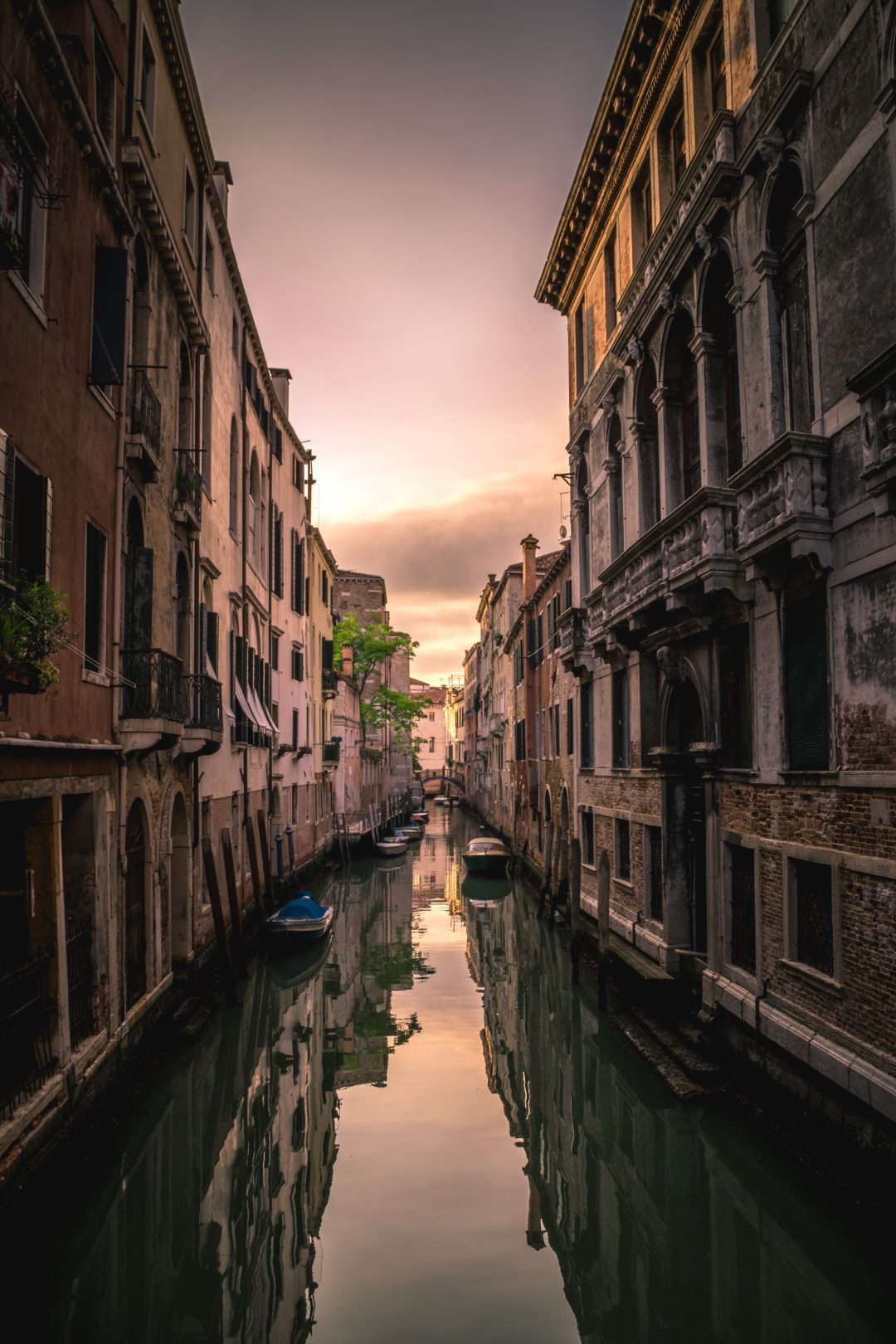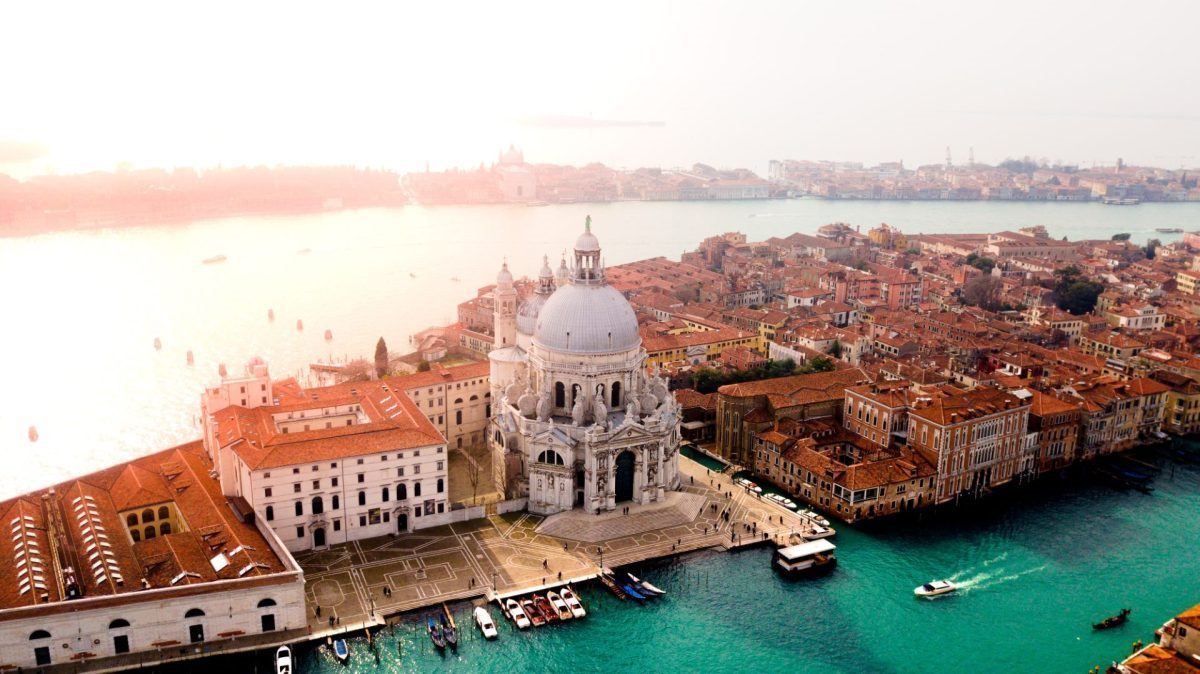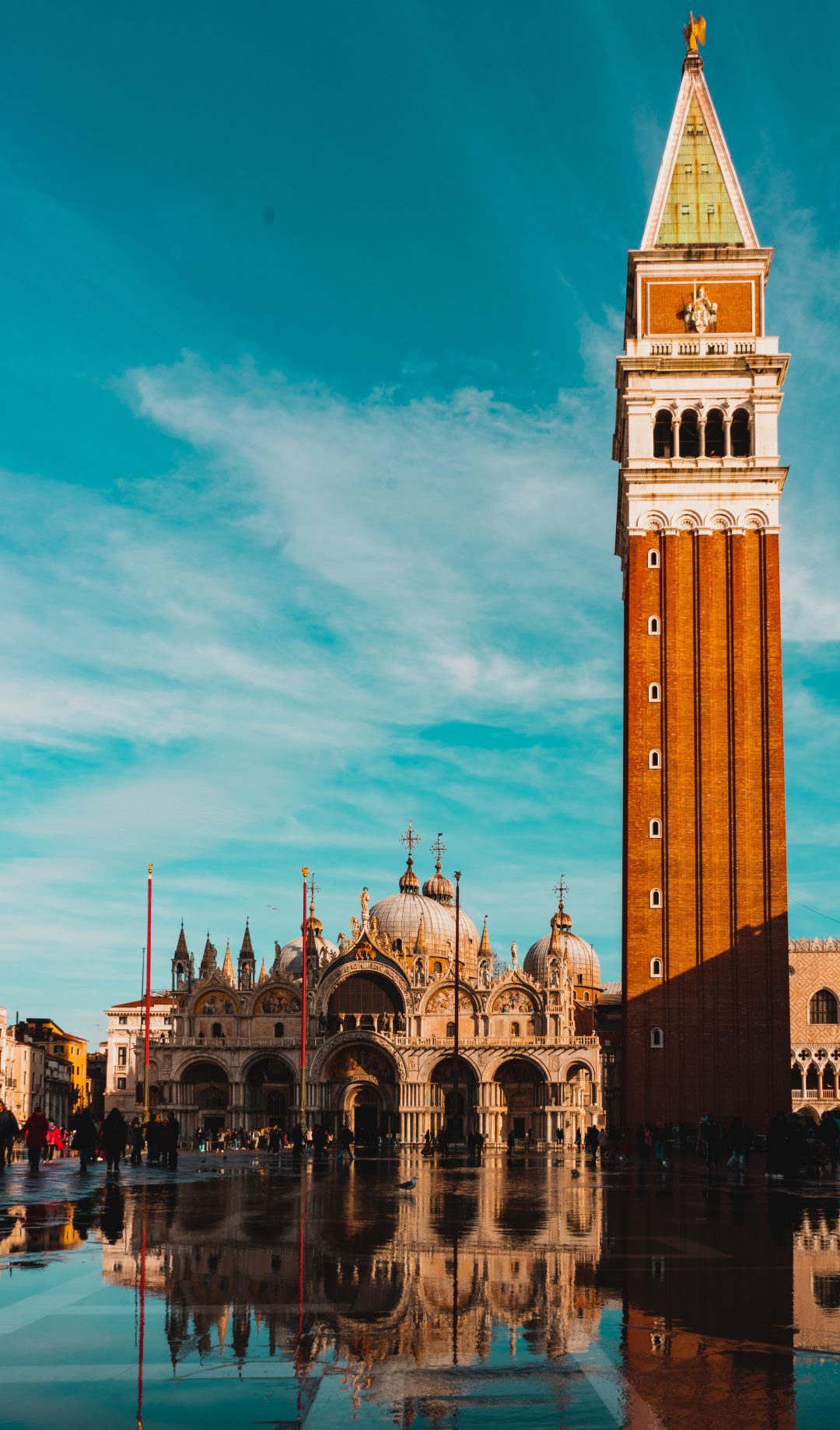How to Plan your Venice to Zagreb Tour with a Postojna Cave Visit
Are you travelling to Italy and Croatia and want to visit all the top attractions? One must-see place along the way is the Postojna Cave, one of Slovenia’s top attractions. This tour makes it easy to get from Venice to Zagreb with a visit to the magnificent caves—an experience you will not forget! In this guide, we will provide you with all the essential details you need to plan your Venice to Zagreb tour with a Postojna Cave visit.Tour Overview
This tour is a convenient way to travel from Venice to Zagreb on a comfortable air-conditioned vehicle without the hassle of public transportation. What sets it apart is that it includes a visit to the magnificent Postojna Cave, which is one of the most popular tourist attractions in Slovenia. The tour starts in Venice, where you will be picked up by your professional driver and tour leader from your hotel in Santa Croce. You will then travel to Postojna Cave to explore the fantastic natural wonder. After your visit to Postojna Cave, you will continue on to Zagreb, where you will be dropped off at your hotel to explore the city.What’s Included?
- Professional driver/tour leader
- Hotel pickup and drop-off
- Transport by air-conditioned minivan/car
- Entrance tickets
- Free time in Zagreb to explore independently
Meeting and Pickup
The meeting point in Venice is Santa Croce, and the tour starts at 10:00 AM. The tour will end at Radićeva ul. 1 in Zagreb. The tour includes hotel pickup and drop-off, so you don’t have to worry about arranging transport to the meeting point.Postojna Cave
Postojna Cave is a world-famous natural wonder located in the heart of the Slovenian Karst. This magnificent cave system is made up of more than 24 kilometres of passages, galleries and chambers that were created by the Pivka River over millions of years. During your visit to Postojna Cave, you will board a special train that will take you through the first 3.5 kilometres of the cave. You will see many incredible sights, including stalactites, stalagmites, spectacular rock formations and more. After the train ride, you will continue on foot with a guide for a walk through the remaining part of the cave system. The walk lasts around 1.5 hours, and the temperature inside the cave is a constant 8 to 10 degrees Celsius, so we recommend bringing warm layers.Free Time in Zagreb
After visiting Postojna Cave, you will continue on to Zagreb, the capital of Croatia. Once you arrive, you will be dropped off at your hotel and free to spend the rest of your day exploring the city on your own. Zagreb is a beautiful city with many attractions to see, including the historic Upper Town, the Dolac market, the Cathedral of the Assumption of the Blessed Virgin Mary, and much more.Booking the Tour
Booking this tour is easy! Visit Viator, and follow the simple booking process. We recommend booking in advance to secure your place on the tour.Book Your Tour Now
The Venice to Zagreb tour with a Postojna Cave visit is an incredible opportunity to see some of the most outstanding natural beauty Europe has to offer. With a professional and knowledgeable tour guide to lead the way, you can relax and enjoy the journey from Venice to Zagreb. Be sure to book your place on this tour, and you are sure to have an unforgettable experience!
FAQ About Venice
Venice, also known as the City of Water or the Queen of the Adriatic, is a unique and mysterious city built on more than 100 small islands in the Venetian Lagoon. Venice attracts millions of tourists every year with its romantic canals, stunning architecture, and rich history. In this FAQ, we will answer some of the most commonly asked questions about Venice.1. What is the best time to visit Venice?
The best time to visit Venice is during the spring and fall months when the weather is mild, and the crowds are smaller. The summer months are usually hot and crowded, and the winter months can be chilly and even flooded at times. However, if you don’t mind the crowds, visiting Venice during the Carnival in February or during the Venice Biennale in May to November can be a unique experience.2. How can I get around Venice?
Venice is a pedestrian city, so the best way to get around is on foot. However, if you have trouble walking, you can take a vaporetto, a water bus that travels through the Grand Canal and the smaller canals. The vaporetto can be crowded during peak hours, so it’s best to avoid them if possible. Another option is to take a water taxi, which is more expensive but more comfortable and faster than the vaporetto.3. What are the must-see attractions in Venice?
Venice has many must-see attractions, including:- St. Mark’s Square and Basilica
- Doge’s Palace
- Rialto Bridge and Market
- Grand Canal
- Peggy Guggenheim Collection
- Scuola Grande di San Rocco
- San Giorgio Maggiore
- Murano, Burano, and Torcello islands
4. Is it safe to drink the water in Venice?
Venice’s tap water is safe to drink, as it comes from underground wells in the Venetian Lagoon. The water may have a slightly different taste than what you’re used to, but it’s perfectly safe to drink. However, if you prefer, you can buy bottled water from convenience stores or street vendors throughout the city.5. What is the local cuisine in Venice?
Venetian cuisine is known for its seafood dishes and local specialties, such as:- Sarde in saor – sweet and sour sardines
- Risotto al nero di seppia – black squid risotto
- Baccalà mantecato – creamy cod
- Fegato alla veneziana – Venetian-style liver and onions
- Tiramisù – coffee-flavored dessert
6. Is Venice sinking?
Yes, Venice is sinking at a rate of about 1-2 millimeters per year due to a combination of natural and man-made factors. The city is also facing the threat of rising sea levels due to climate change, which is causing more frequent and severe floods.7. Can I take a gondola ride in Venice?
Yes, you can take a gondola ride in Venice, although it can be expensive. Gondolas are a traditional mode of transportation in Venice and a popular tourist attraction. However, be aware that not all gondoliers are licensed, and some may overcharge or take advantage of tourists.8. What is the currency used in Venice?
The currency used in Venice is the Euro, as in the rest of Italy. You can exchange money at banks, exchange offices, or ATMs throughout the city. Most restaurants and shops also accept credit and debit cards, but it’s always a good idea to carry some cash with you, especially in smaller businesses.9. Do I need a visa to visit Venice?
If you’re a citizen of the European Union, the United States, Canada, Australia, or New Zealand, you don’t need a visa to visit Venice. However, if you’re from a country outside of the Schengen Area, you may need a visa to enter Italy. Check with the Italian embassy in your country for more information.10. How can I avoid the crowds in Venice?
Venice can be crowded, especially during the summer months and peak tourist seasons. To avoid the crowds, try visiting early in the morning or late at night when most tourists are still asleep or have left for the day. You can also explore the lesser-known areas of Venice, such as the Dorsoduro or Cannaregio neighborhoods, to experience a more authentic side of the city.Book Your Tour Now
Venice is a unique and enchanting city that attracts millions of visitors every year. It’s important to plan your trip carefully and be aware of the local customs and traditions to make the most of your visit. We hope this FAQ has been helpful in answering some of your questions about Venice and inspiring you to explore this fascinating city.
How to Spend Your Time as a Tourist in Venice
Venice is one of the most beautiful and unique cities in the world. Its scenic beauty, rich culture, and fascinating history attract millions of tourists every year. With so much to explore, it can be difficult to know where to begin. In this guide, we will provide you with a step-by-step plan to help you make the most of your time in Venice.Day 1: Explore the Canals
Morning
The best way to explore Venice is by boat. Start your day by taking a vaporetto (water bus) to the Rialto Bridge, one of the most famous landmarks in Venice. From there, you can walk around the Rialto Market, the city’s main food market, which has been around since the 11th century. Sample some of the local produce, including fresh produce, seafood, and authentic Italian delicacies.Afternoon
Head to the Grand Canal, the main waterway in Venice. Take a gondola ride, which will give you a unique and memorable view of the city. The ride will take you past some of Venice’s most famous sights, including the Basilica di Santa Maria della Salute and the Doge’s Palace. After the ride, continue exploring the surrounding area by foot. Take in the stunning architecture, colorful buildings, and charming streets.Evening
As the sun sets, head back to the Grand Canal for an unforgettable experience. Many restaurants offer outdoor seating where you can enjoy dinner while enjoying the stunning views of the canal. Order some of the local dishes, including seafood risotto, squid ink pasta, and tiramisu for dessert.Day 2: Discover the Art and Culture of Venice
Morning
Start your day by visiting the Peggy Guggenheim Collection, one of the most important modern art museums in Italy. Located on the Grand Canal, this museum houses works by artists such as Jackson Pollock, Salvador Dalí, and Pablo Picasso.Afternoon
After lunch, visit the Accademia Galleries, which is home to a collection of Venetian art from the 14th to the 18th century. The museum has over 800 works of art, many of which were created by famous Venetian artists such as Titian, Tintoretto, and Bellini.Evening
In the evening, attend a show at the Teatro La Fenice, an elegant and historic opera house which has been open since 1792. The theater has hosted some of the most famous operas and performances in history, including works by Verdi and Rossini.Day 3: Take a Day Trip Outside of Venice
Morning
On your third day, take a day trip to the nearby islands of Murano or Burano, both of which are famous for their unique crafts and picturesque landscapes. Murano is known for its glass-making traditions and production, while Burano is home to some of the most colorful buildings in Italy.Afternoon
After you’ve explored the islands, head back to Venice and visit the Jewish Ghetto, which is the oldest in Europe. The area is home to several synagogues, museums, and restaurants. It is a great place to learn about the history of the Jewish community in Venice.Evening
End your day by enjoying some of the local nightlife. There are many bars and clubs in Venice, including the Peggy Guggenheim Collection’s late-night events, where you can enjoy cocktails while surrounded by modern art.Book Your Tour Now
Venice is a unique and captivating city that will leave you with unforgettable memories. By following this three-day itinerary, you will explore the city’s iconic landmarks, discover its rich history and culture, and take a day trip to nearby islands. No matter how long you stay in Venice, you will be enchanted by its charm, beauty, and fascinating history.Table of Contents

